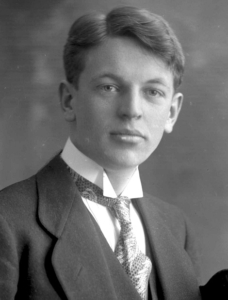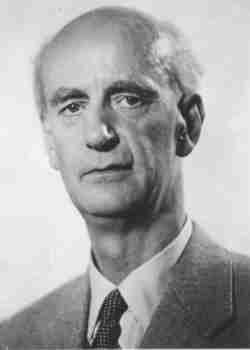REVIEW POTPOURRI – Album: Scandinavia; Group: The Rays; Opera: Verdi
 by Peter Cates
by Peter Cates
Scandinavia
Laserlight, 79 675, cassette, released 1991.

Jean Sibelius
The Laserlight label began releasing very inexpensive cassettes and CDs during the late ‘80s and focusing mainly on classical music.
Scandinavia, a musical grab bag centered on Norway, Sweden and Finland, contains the 2nd Peer Gynt Suite and two Elegiac Melodies of Norway’s Edvard Grieg and the Swan of Tuonela and Finlandia of Finland’s Jean Sibelius, along with three shorter pieces. The performers include the very gifted conductors, Janos Sandor, Yuri Ahronovitch, Herbert Kegel, Geoffrey Simon and Rouslan Raichev; pianist, Jeno Jando; and, for orchestras, the Hungarian State, Budapest Strings, Vienna Symphony, Philharmonia and Dresden and Plovdiv, Bulgaria, Philharmonics – all first class ensembles. A nice cassette for classical beginners.
Amazon prices begin at one cent for CDs while the cassette is not available for now.
The Rays
Silhouettes; Daddy Cool
Cameo 117, 45, recorded 1957.
The Rays were formed in 1955 and scored a #3 hit on the charts with the doo wop classic, Silhouettes, which sold 3 million copies. It has sustained its status as a captivating song and been covered by other artists. The side B is a throwaway.
Verdi
Otello
Sixten Ehrling conducting choir and orchestra with tenor Set Svanholm, soprano Aase Nordmo-Lovberg and baritone Sigurd Bjorling, etc.; Preiser 90754, three CDs, 1953-54 Stockholm Opera production, with extra cd of Verdi’s Don Carlo excerpts, with same forces from 1956.

Sixten Ehrling

Set Svanholm
This set will appeal to a surprisingly sizable number of those who collect historic opera broadcasts. The performance has a sterling cast with Svanholm’s jealous Otello, Nordmo’s doomed Desdemona, and Bjorling’s treacherous Iago, while Verdi’s setting of the original Shakespeare play has made for one of the finest opera experiences in the genre’s history. Sixten Ehrling had a very unpleasant personality by most accounts but his conducting of most everything I have heard was very exciting, as was the case with the Don Carlo excerpts.
























